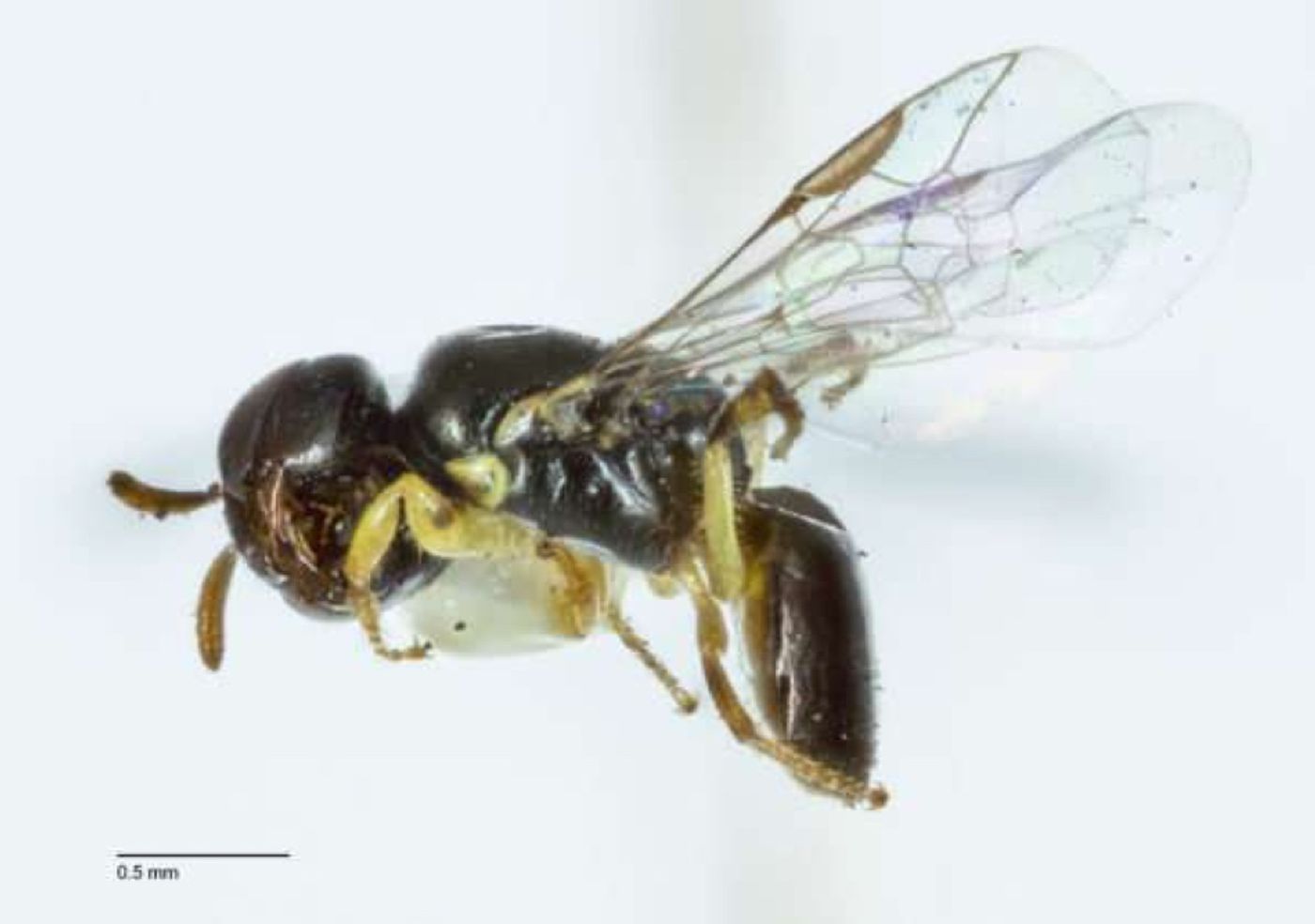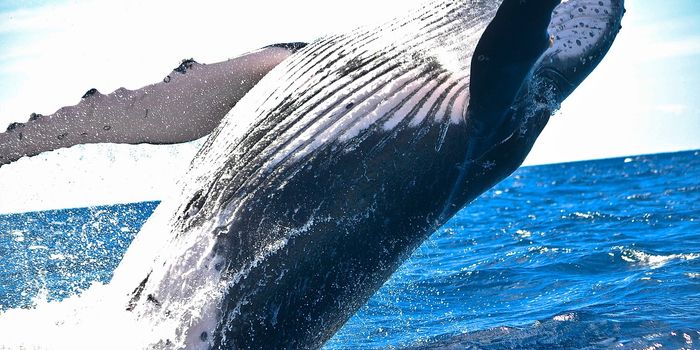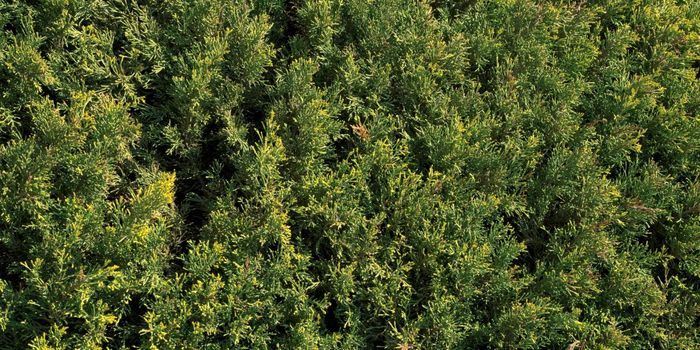This Bee Nests in Small Cavities in Australia's Banksia Trees
The world is home to all kinds of bees, some better-known than others, but all bee species play an essential role in the environment. A lesser-known species dubbed Euryglossina perpusilla can be found throughout Western Australia, and researchers are doing all in their power to improve their understanding of it.
E. perpusilla is just one of 404 known members of the bee sub-family Euryglossinae, all of which are endemic to Australia. One small detail about E. perpusilla that has gone overlooked all these years is its nesting habits.
Image Credit: Kit Prendergast
To learn more about E. perpusilla’s cryptic nesting habits, Curtin University researcher Kit Prendergast performed an experiment of her own in Australia’s spacious Star Swamp Reserve and later published her findings in the Journal of Melittology.
"Most native bee sub-families are known to nest in just one type of substrate, being wood nesters, or ground nesters. However, the sub-family Euryglossinae exhibits a range of sociality in nesting habitats and nest construction," Ms. Prendergast explained.
"They appear to use a range of materials to create their nests in, including the inside of stems, softwood, pre-existing cavities, and soil."
Related: Anthropogenic activity reduces bee diversity, a study confirms
Citing the study, E. perpusilla seems to prefer pre-formed cavities found in local Banksia trees for nesting places over anything else. The results were unanimous after Ms. Prendergast painstakingly crafted cardboard-lined trap nests in wooden blocks and observed as E. perpusilla avoided them like the plague.
The holes Ms. Prendergast drilled into the trap nest-centric wooden blocks varied in size – some 4mm, some 7mm, and some 10mm in diameter. Comparatively, the naturally-occurring cavities found in local Banksia tree branches averaged between 1.5mm and 3mm in diameter.
While E. perpusilla didn’t take much interest in Ms. Prendergast’s trap nests, many other local bees, such as those from the Megachilidae family, did. Equally captivating was the discovery that a small Megachile species managed to share the Banksia cavities with E. perpusilla without quarrel.
The world is changing, much to the consequence of human behavior. With bee populations undergoing significant declines on a global scale, it’s critical that we understand their nesting behaviors such that conservationists can deploy proper techniques to help ensure their survival.
"There is an urgent need to increase our knowledge of Australian native bees given the rapid transformation of natural habitats by urbanization and reports of bee declines across the globe," Ms. Prendergast continued.
"With much of the original Banksia woodland destroyed in the southwest Australian biodiversity hotspot, remnant bushland habitats such as Star Swamp Reserve may be fundamental to ensuring endemic species such as these native bees persist."
Related: Study investigates why people like bees and hate wasps
Future studies could shed light on the mysteries of nesting behaviors in other endemic bee species, but Ms. Prendergast’s research is a great start.
Source: Curtin University, Journal of Melittology









